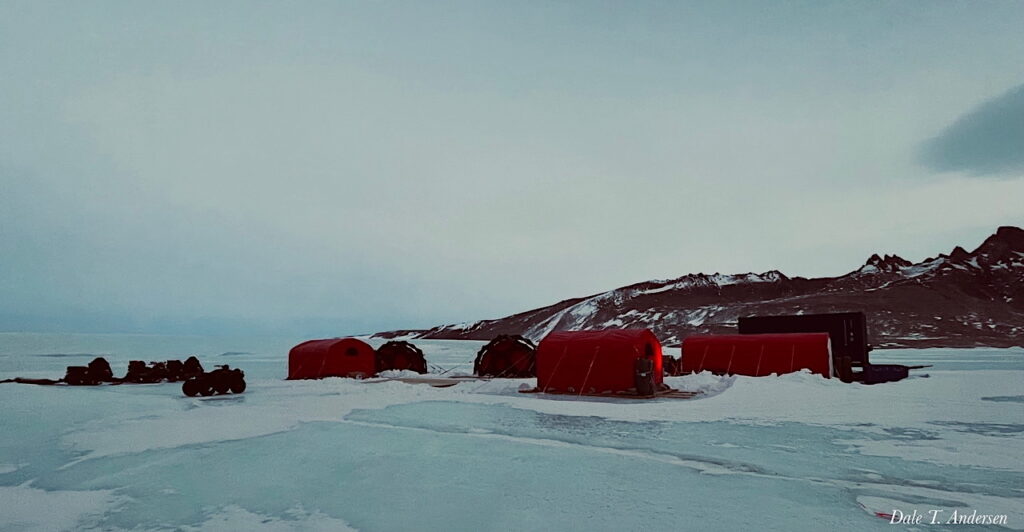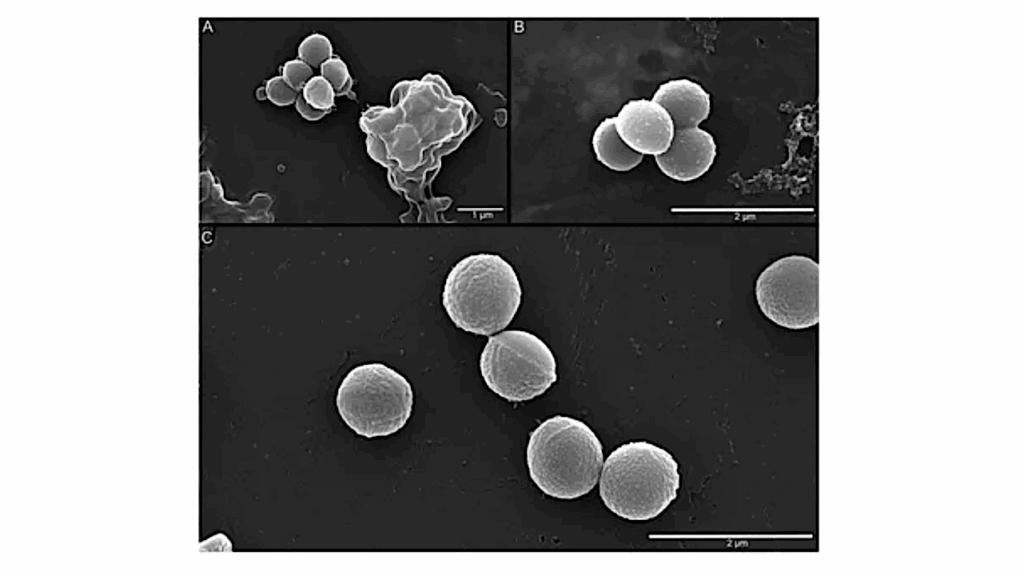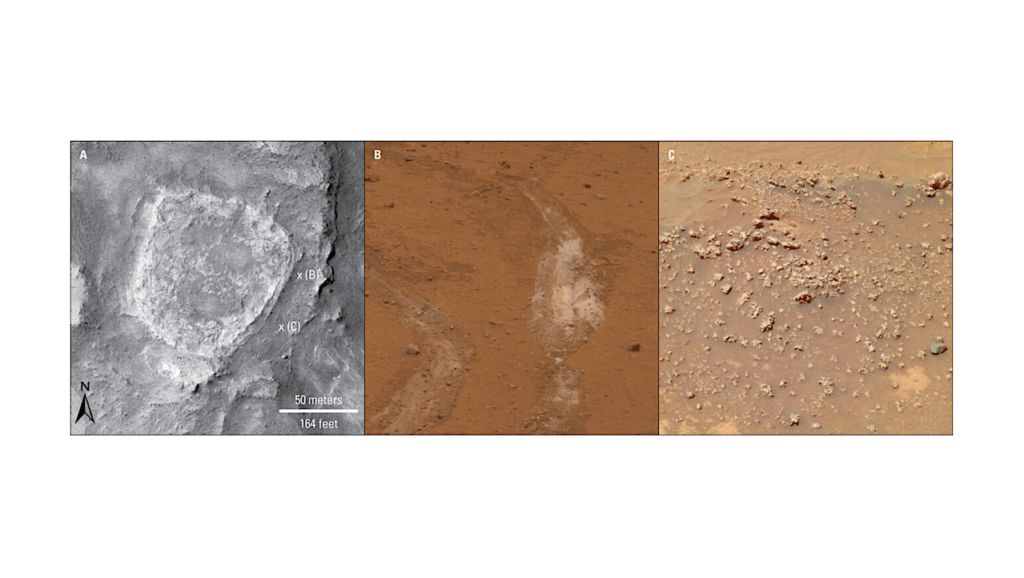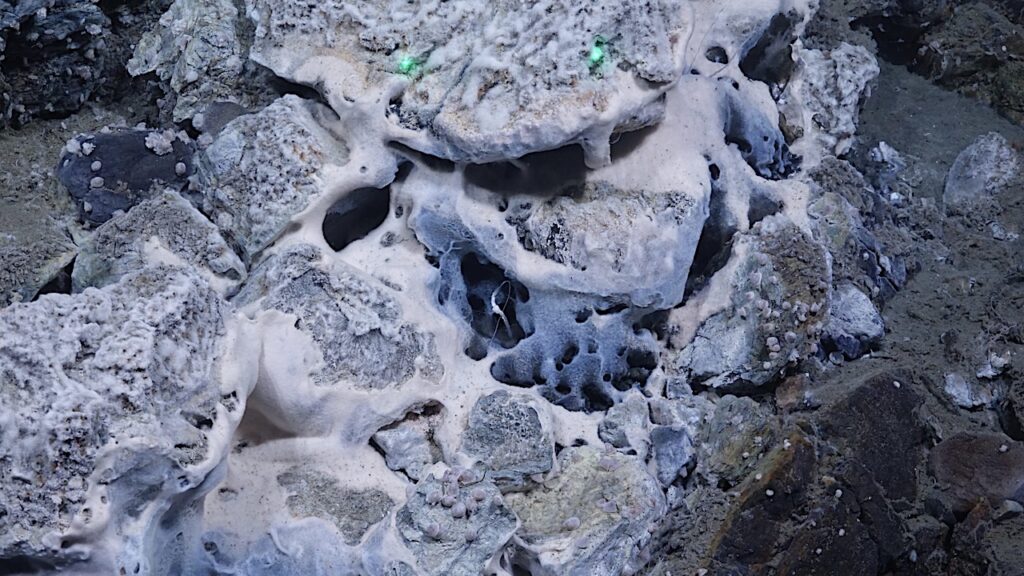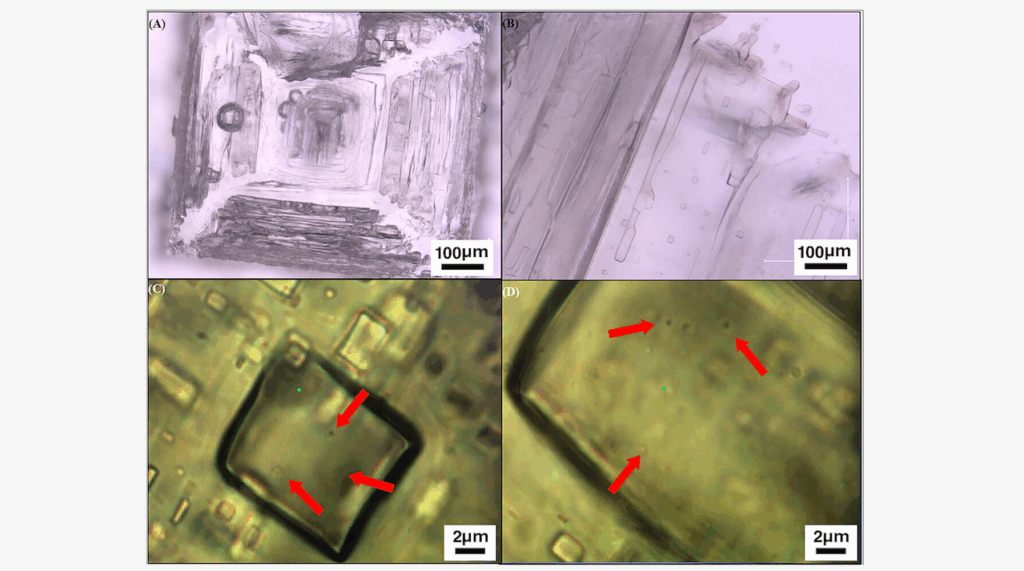Ice World Dynamics: The Interannual Variability of Antarctic Fast-Ice Thickness in McMurdo Sound and Connections to Climate
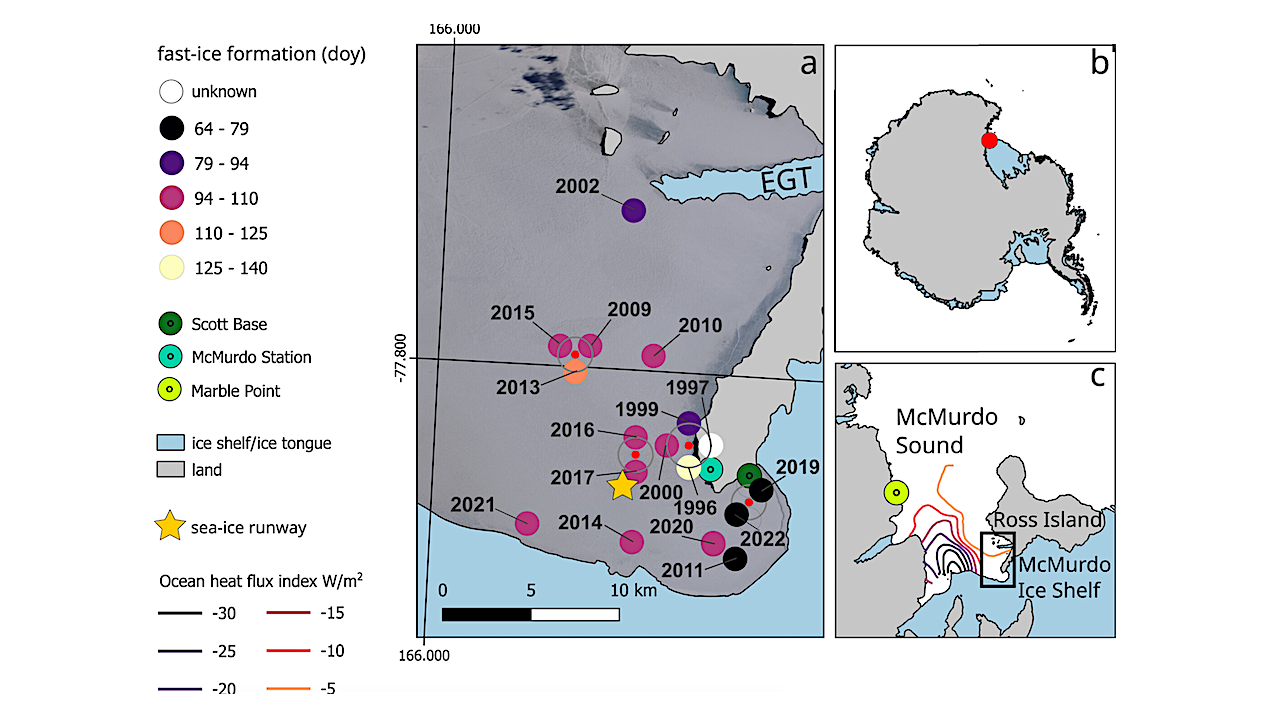
Land-fast sea-ice (fast ice) in McMurdo Sound grows through heat loss to the atmosphere and through heat loss to the ocean due to the presence of supercooled water.
In this paper, we present a fast-ice thickness data set covering 1986–2022, providing a baseline of interannual variability in fast-ice thickness. Fast ice thicknesses are related to atmospheric and oceanic drivers on monthly and seasonal timescales to provide one of the longest timeseries of drivers of interannual fast-ice thickness variability from high-quality, in situ observations.
We select a 14 km by 20 km area of level fast-ice over which atmospheric and oceanic drivers have negligible spatial variation, allowing us to resolve temporal variability in drivers and thickness. A statistical significance testing approach is adopted which only considers drivers that have a plausible physical mechanism to influence fast-ice thickness.
We demonstrate that the fast-ice cover in McMurdo Sound is thicker in years when surface air temperature is colder, average (southerly) wind speed is higher, and there are fewer southerly storms. Nonetheless, we show that monthly averaged drivers have limitations and often do not produce strong correlations with thickness or fast-ice persistence. Consequently, most of the variability in fast-ice thickness cannot be explained by a single driver. No long-term trend in fast-ice thickness was found in eastern McMurdo Sound, thickness being influenced by a combination of drivers.
Future event-based analyses, relating storms to fast-ice persistence, are needed. The present study provides a baseline against which these extreme events and long-term trends can be assessed.
The Interannual Variability of Antarctic Fast-Ice Thickness in McMurdo Sound and Connections to Climate, JGR Oceans (open access)
Astrobiology


